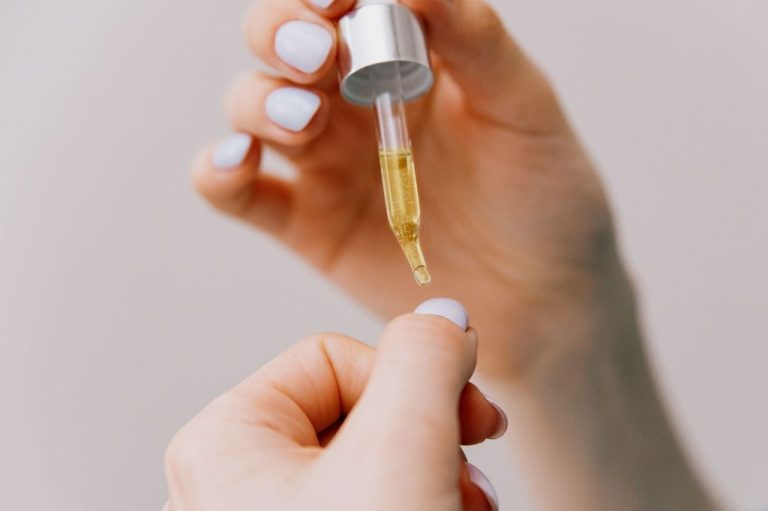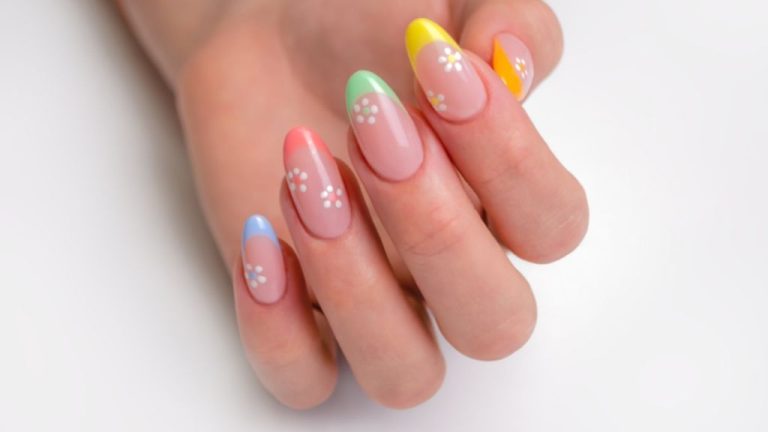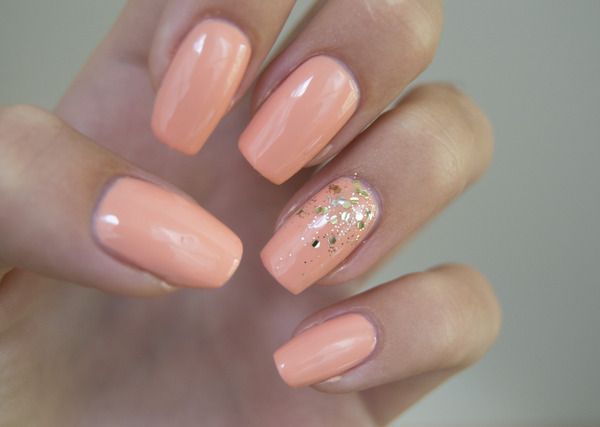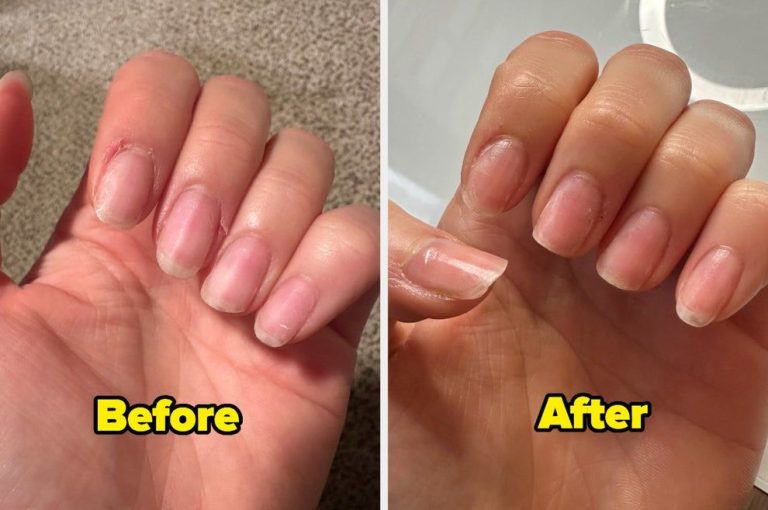Diy Cuticle Care: Pampering Treatments For Soft, Healthy Cuticles
Taking proper care of your cuticles is an important part of nail health and maintenance. Even though they are a small part of your fingers and toes, cuticles serve an important function by protecting the new nail growth underneath from bacteria, dirt and debris. Healthy cuticles can help prevent hangnails, infections and other nail problems. With a consistent cuticle care routine, you can keep your cuticles looking neat, well-moisturized and free from damage. This can improve the overall appearance of your hands and feet. In this guide, we will cover the basics of do-it-yourself cuticle care, from soaking and moisturizing to trimming and massaging. With a little time set aside each week, you can have beautiful, healthy cuticles naturally.
Assess Your Cuticles
Before beginning any cuticle care routine, it’s important to closely examine your cuticles and nails to identify any problem areas or conditions that may need special treatment. According to sources like NIH’s Clinical Methods, you should methodically look at each part of the nail for abnormalities.
Some things to look for when assessing your cuticles and nails:
- Cuticle redness, inflammation, or irritation
- Dry, cracked, or peeling cuticles
- Hangnails
- Cuticles growing over the nail plate
- Discolored nails
- Ridges or grooves in nails
Pay attention to any pain or tenderness, as that can indicate an underlying problem. According to sources like the University of Virginia, also look for changes in nail shape or texture. Conditions like koilonychia (spoon-shaped nails) or nail beading can give clues about potential nutritional deficiencies or other health issues.
Make note of any problem areas to treat or monitor. Regularly examining your cuticles and nails can help you maintain healthy hands.
Cuticle Removal
Some people choose to remove their cuticles, either by clipping or pushing them back, for aesthetic reasons. However, there are risks associated with cuticle removal according to experts.
“Since cuticles are there to guard against bacteria and infection, cutting them takes away a huge defense mechanism,” says dermatologist Chris Adigun. “Plus, the newly exposed skin has the potential to get irritated or infected” (Harper’s Bazaar).
Removing cuticles can leave you vulnerable to infections. “Cutting this protective layer of skin increases your risk for infection,” warns dermatologist Erika Jones (University of Utah Health).
Pushing back cuticles gently with an orangewood stick is less risky than cutting them. Be very gentle and stop if you feel any pain or bleeding.
Rather than removing cuticles completely, focus on keeping them moisturized. Massage them with oil to keep them soft and flexible.
Soften Cuticles
Keeping your cuticles soft and hydrated is key for healthy nails and skin. Try these remedies to soften your cuticles:

Oils
Massaging oils into your cuticles helps soften and moisturize them. Some oils to try:
- Olive oil -Rich in vitamins A and E to hydrate cuticles (Source)
- Coconut oil – Has antifungal and antibacterial properties to prevent infections
- Almond oil – Soothes and softens
- Vitamin E oil – An antioxidant that penetrates deeply
Dip a cotton swab in your oil of choice and gently rub into each cuticle. Let sit for 5 minutes before rinsing.
Creams
Look for creams containing moisturizing ingredients like shea butter, beeswax, or petroleum jelly. Massage into cuticles and leave on overnight for maximum softening.
Home remedies
Make your own cuticle softener by combining:
- 1 tablespoon olive oil
- 1 tablespoon honey
- 1 tablespoon sugar (Source)
Mix well and massage into cuticles. Rinse after 15 minutes.
You can also soak fingers in a bowl of warm water mixed with a teaspoon of baking soda to soften cuticles.
Push Back Cuticles
Pushing back the cuticles is an important step in cuticle care that helps prevent hangnails and infections. Before pushing back cuticles, it’s essential to soften them first by soaking nails in warm water for 5-10 minutes [1]. This allows the cuticles to separate easily from the nail plate without ripping or tearing.
Proper tools like a cuticle pusher or stick should be used to gently push back the cuticles [2]. Avoid using sharp metal tools which can damage the nails. Place your hand firmly on a flat surface and gently press the rounded end of the cuticle pusher along the nail to push the skin back. Take care not to push too hard or dig into the cuticles. Only push back to the nail’s edge – do not tear off any excess cuticle tissue.
After pushing the cuticles back, the nail plate should be fully visible. Use a cuticle nipper to carefully snip off any remaining loose tags of skin if needed. Then moisturize the cuticles and nails to nourish the area.
Moisturize Cuticles
Moisturizing your cuticles is one of the most important steps for soft, healthy cuticles. Dry, cracked cuticles are more prone to hangnails and infection. Using lotions, butters, and natural oils can hydrate cuticles and nourish the nail bed.
Look for moisturizers specifically formulated for cuticles that contain ingredients like vitamin E, shea butter, coconut oil, almond oil, and jojoba oil. These ingredients are emollient, meaning they help seal in moisture. Thicker butters and oils tend to work better than lotions.
Apply cuticle cream or oil to your cuticles and nail beds several times per day. Massage the moisturizer into the skin around each nail to hydrate and soften the cuticles. Overnight treatments in the form of cuticle masks or gloves can deeply nourish cuticles as you sleep.
Some of the top-rated cuticle moisturizers contain natural oils and butters include:
Deborah Lippmann The Cure Cuticle Cream – contains jojoba oil, shea butter, and vitamin E. Provides long-lasting hydration.
Cuccio Naturalé Milk & Honey Cuticle Revitalizing Oil – contains honey, coconut milk, and safflower seed oil to nourish cuticles.
Exfoliate Cuticles
Regularly exfoliating the cuticles helps remove dead skin cells and clears away any buildup around the nails. This improves circulation and allows moisturizers to better penetrate the nail bed. An easy DIY scrub is to mix 1 teaspoon of salt or sugar with a few drops of oil like olive, coconut, or almond oil. Gently massage this mixture into the cuticles and rinse with warm water. For a deeper treatment, make a paste using baking soda and water and rub it into the cuticles with a toothbrush. Rinse thoroughly afterward. You can also find premade cuticle exfoliating scrubs and masks at beauty supply stores that contain beneficial ingredients like AHAs.1
Nail and Cuticle Massage
Gently massaging the nails and cuticles can help improve circulation and promote healthy nail growth. Using a nourishing oil during massage can also help soften and hydrate dry, cracked cuticles.
Start by warming a few drops of a natural oil like olive, coconut or almond oil between your palms. Gently glide your thumbs over each nail from base to tip, applying light pressure. Use small circular motions over the nail bed. Repeat on all fingers.
Next, use your index fingers to massage the skin around each nail with small circles. Gently push back the cuticles, but avoid tearing or damaging them. Finish with more luxurious massage over hands, fingers and wrists.
Massage not only feels relaxing, but helps the oil penetrate deeper. Do this daily if possible for best results. Oils with vitamin E or essential oils like lemon and lavender can also nourish nails and cuticles.
Protect Cuticles
It’s important to protect your cuticles from damage and drying out. One key way to do this is by applying a barrier cream or ointment. Barrier creams create a protective layer over the cuticles to seal in moisture. Look for a thick, waxy barrier cream or ointment containing ingredients like petroleum jelly, beeswax, lanolin, and dimethicone. Gently massage a small amount into the cuticles and nails before going to bed.
Another protective measure is to wear gloves when doing wet or dirty tasks around the house. Wearing rubber gloves while washing dishes, cleaning, or gardening will help shield cuticles from damage. The gloves form a barrier between your skin and irritating detergents, chemicals, dirt, and moisture that can dry out the cuticles. Make sure to apply a moisturizer after removing the gloves.
When to Seek Help
In most cases, minor cuticle issues can be treated safely at home. However, if you notice signs of a nail or cuticle infection, you should see your doctor right away. An infection around the nail is called paronychia. According to the Cleveland Clinic, symptoms of paronychia include pain, swelling, warmth and redness around the nail. There may also be pus. The area will likely be tender to the touch.
Paronychia often occurs if the cuticle area sustains an injury, like a hangnail or cut. Bacteria can enter the open skin and cause infection. Paronychia may also result from biting the nails, aggressive manicures, or finger sucking. People with diabetes or compromised immune systems are at higher risk. Without treatment, the infection can worsen and spread to deeper tissues.
See your doctor if you suspect paronychia or any other nail infection. You may need oral antibiotics or antibiotic ointment. Prompt treatment helps prevent complications like permanent nail damage or loss of finger function. Leaving paronychia untreated can even lead to serious infections in the hand or arm.





